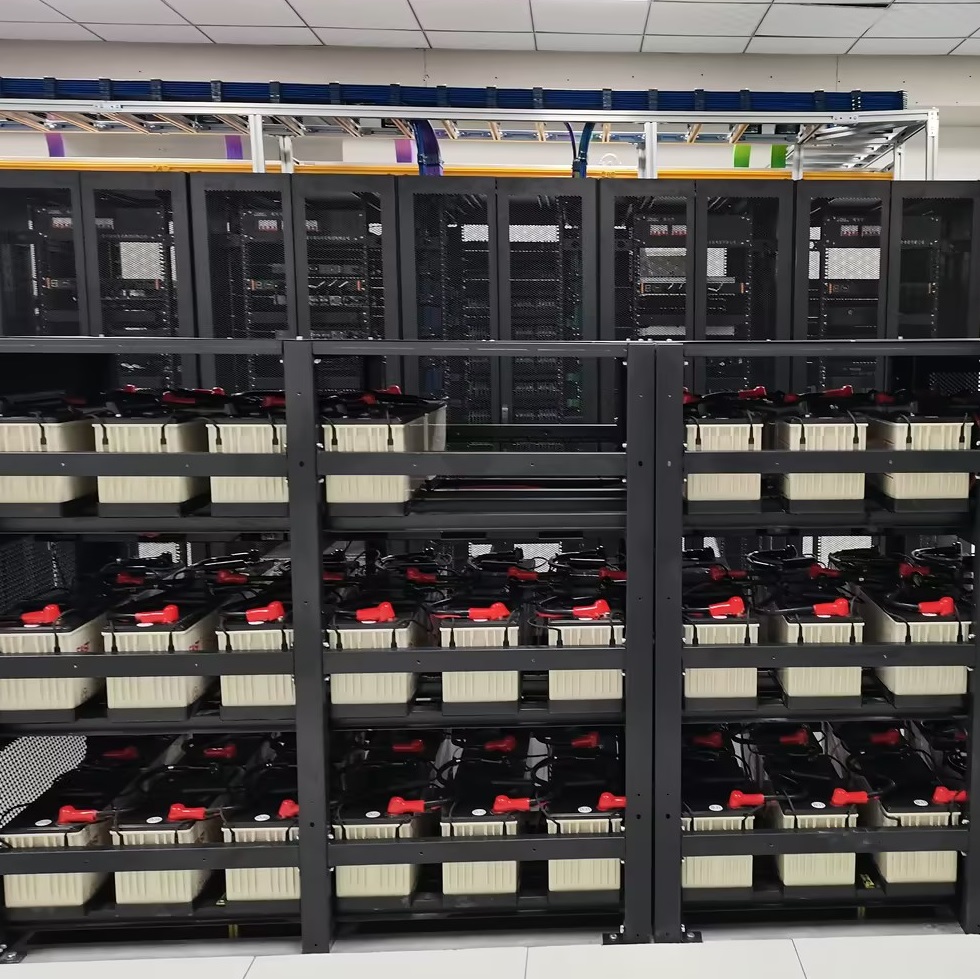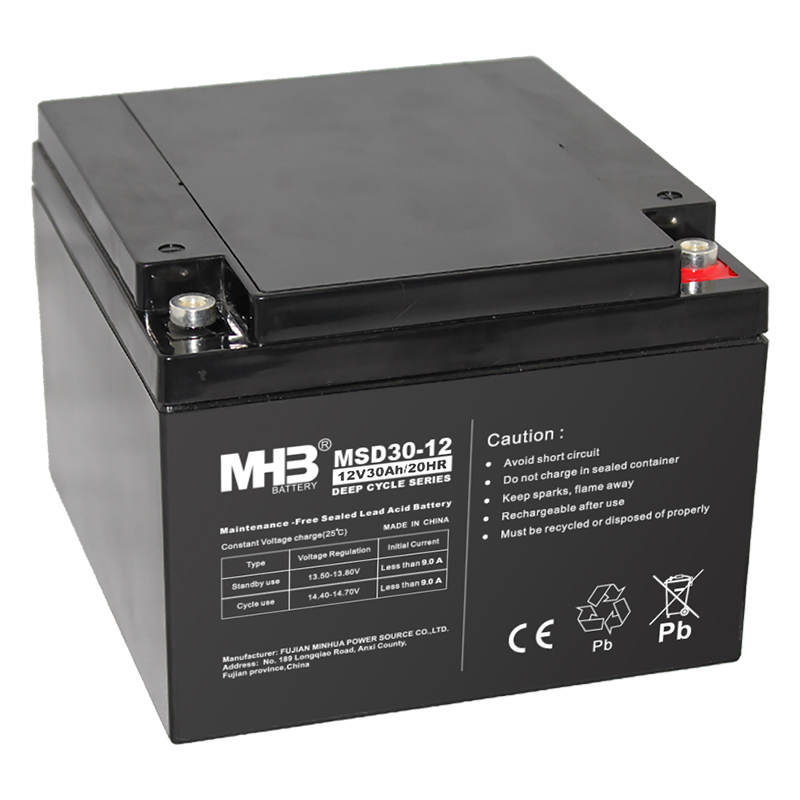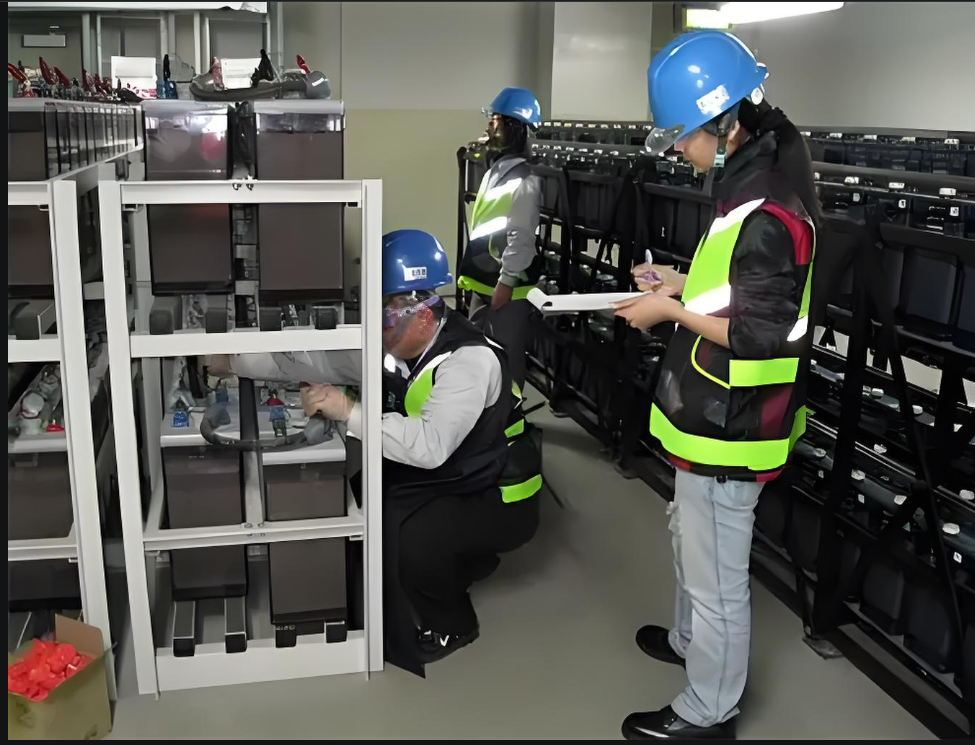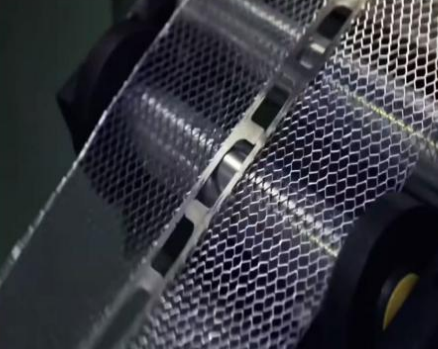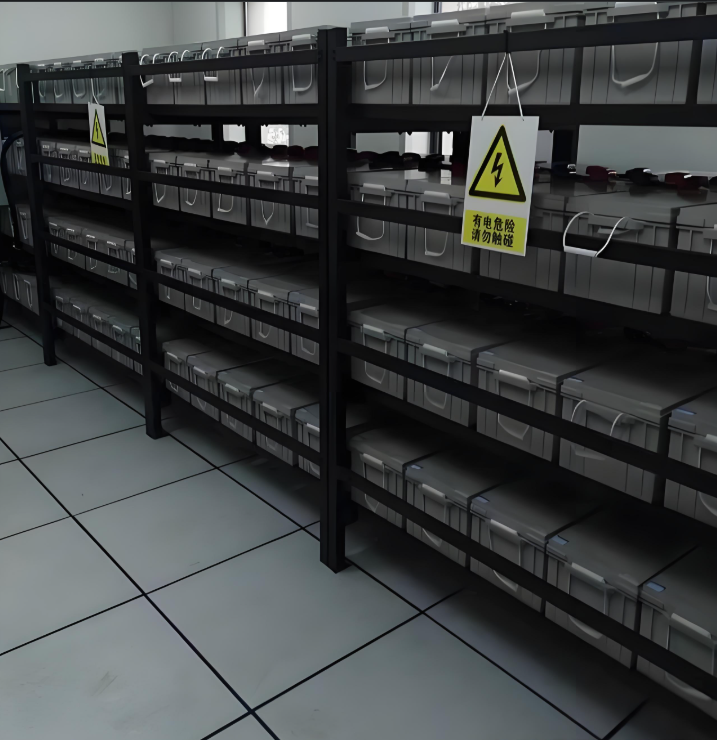Performance Differences Among Pure Lead Batteries, High-Rate Batteries, and Regular Batteries
Pure Lead Battery:
The characteristic of pure lead batteries is that they use lead ingots to cast the grids of the Plates, without adding other elements such as calcium, tin, and aluminum. This results in strong corrosion resistance and theoretically longer life. However, because pure lead is soft, the defective rate is high during the manufacturing process, and the plates are easily deformed. Therefore, pure lead batteries have not yet achieved mass production.
High-rate batteries are designed with thin plates and an increased number of plates, making them suitable for large batteries and providing excellent short-term discharge performance. It is usually evaluated based on the 15-minute rate discharge index for high-power applications. However, their performance is relatively poor in low current and long-term discharge scenarios. Future developments aim to create batteries suitable for ultra-high power applications.
Ordinary battery:
The design of conventional batteries has traditionally focused on cost-effectiveness and versatility. They are designed for a comprehensive economical design, taking into account factors such as 10% efficiency and 20 hour rate nominal capacity. This design approach aims to balance performance and cost-effectiveness.
What is the difference between pure lead plates and ordinary plates?
The differences between pure lead plates and ordinary plates on the market can be explained from the following aspects:
Material composition:
Pure lead plate: Made of pure lead material, the grid is directly cast from lead ingots.
Ordinary plates: made of lead, calcium, tin, aluminum quaternary alloy materials.
Manufacturing process performance:
Pure lead plate: Due to the use of pure lead material, it is not easy to shape and the manufacturing process performance is poor.
Ordinary plates: The manufacturing process is mature and stable, and the yield is high.
Battery life:
-Pure lead plates: theoretically longer battery life.
Ordinary plates: Battery life is relatively short.
Cost-effectiveness:
-Pure lead plate: The manufacturing process performance is poor, but the battery life is long and the price/performance ratio is relatively high.
Ordinary plates: The manufacturing process is mature and stable, with high yield and excellent cost performance.
High-rate batteries offer several advantages, including:
Fast charging: Compared with standard batteries, high-rate batteries can be charged at a faster rate, thus facilitating fast charging.
High discharge rate: These batteries can provide high levels of power for short periods of time, making them suitable for high-performance applications such as electric vehicles, power tools, and drones.
Light weight: Many high-rate batteries are designed to be lightweight, which is advantageous for portable devices and applications where weight is a concern.
High energy density: High-rate batteries can still provide relatively high energy density despite their high discharge rates, providing a good balance between power and capacity.
Long cycle life: Some high-rate batteries are designed to have a long cycle life, meaning they can be charged and discharged multiple times before their performance drops significantly.
Overall, high-rate batteries are ideal for applications that require fast charging, high power output, and lightweight design.
In summary, pure lead batteries have strong corrosion resistance and the potential for longer life, but face challenges in manufacturing and mass production. High-rate batteries perform well in short-term discharge performance, but have limitations in low current and long-term discharge scenarios. Conventional batteries are designed with a focus on cost-effectiveness and versatility, aiming to achieve a balance between performance and economic considerations.

